If you’ve noticed water leaking from your furnace, don’t panic! It’s usually a simple fix. In this blog post, we’ll walk you through the steps to take to correct the issue. Plus, we’ll provide some tips on how to prevent future leaks. Read on for more information.
Is your furnace leaking water? Don’t panic – it’s a common problem that can be fixed without too much trouble. In this blog post, we’ll walk you through the steps of how to fix a leaking furnace. Keep in mind that these steps may vary depending on the make and model of your furnace, so always consult your owner’s manual if you’re not sure what to do. Ready to get started? Let’s go!
Summary: When your furnace starts making strange noises or starts to leak, don’t panic! There’s a simple fix for most common leaks. Here are four tips for fixing a leaking furnace: 1. Check for obstructions: If the furnace is leaking around the outside, there may be something blocking the vent. Remove anything that could be obstructing the flow of air, and try restarting the furnace. 2. Clean the filters: The filters help control the amount of air that enters the furnace. If they’re clogged with dirt, dust, or debris, the furnace won’t be able to properly burn the fuel, leading to a leak. Clean the filters with a vacuum cleaner and water. 3. Tighten the screws: Sometimes the screws that hold the furnace in place are loose. Tighten them using a wrench. 4.
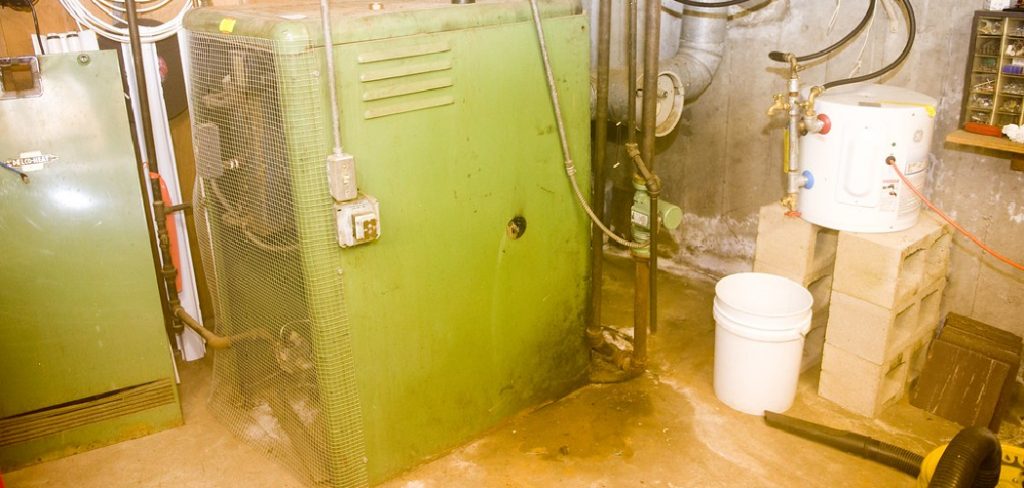
What Causes Leaking Furnaces?
There are many possible causes of leaking furnaces. Such as:
1. Faulty Venting System
If your venting system is not secured properly or if there are any cracks, holes, or blockages in it, this can cause the furnace to leak. It may also cause issues with your furnace’s performance and efficiency.
2. Clogged or Damaged Condensation Drain
Condensation drains help remove moisture from the air that is heated by your furnace. If these drains become clogged or damaged, they may not be able to properly drain away this moisture. This excess humidity can cause leaks in your furnace as well as other issues.
3. Faulty Ductwork
Ductwork carries the heated air produced by your furnace to different areas of your home. If this ductwork becomes damaged or clogged, it can cause leaks in your furnace and affect its performance. Depending on the damage or blockage, you may need to replace certain parts of your ductwork or have it professionally cleaned.
4. Malfunctioning Seals
If the seals on your furnace are worn out or damaged, they may start to leak. You should inspect these seals regularly and replace them as needed to help prevent leaks and other issues. So if you do not want to waste any more time or money, you better call professionals to fix your furnace early.
7 Ways About How to Fix a Leaking Furnace
1. Check for Any Leaks in the Furnace’s Supply
One of the first things you should do when trying to fix a leaking furnace is to check for any leaks in the furnace’s supply lines. This may require disconnecting and re-connecting the supply hoses. If you do find any leaks, be sure to replace any damaged or worn-out parts as soon as possible.
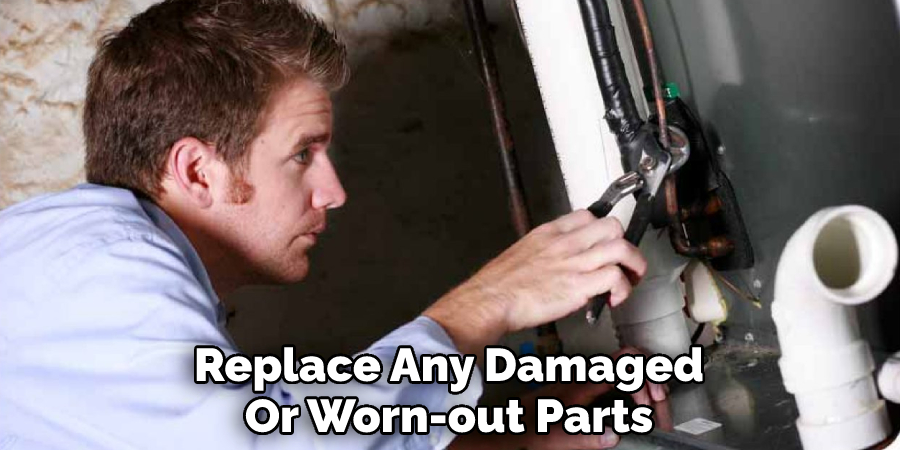
2. Tighten the Connections Between the Supply Lines and the Furnace
Another common cause of a leaking furnace is loose connections between the supply lines and the unit itself. The easiest way to fix this issue is by simply tightening any loose connections. You may also want to apply some Teflon tape or pipe sealant to prevent future leaks from occurring.
3. Replace Any Damaged Parts
If you are unable to locate any leaks in the supply lines, then your furnace may be experiencing issues with one or more of its internal components. To fix this problem, you will likely need to replace any damaged parts such as rubber gaskets, O-rings, valves, and seals.
4. Check the Air Filter
If your furnace is leaking due to condensation build-up, then a clogged air filter may be to blame. To prevent this from happening in the future, be sure to regularly clean or replace your air filter as needed.
5. Turn off the Furnace and Let it Dry Out
In some cases, a leaking furnace may simply be the result of excess moisture in the unit. To fix this issue, it’s important to turn off your furnace and let it dry out completely before attempting to use it again. It will help to fix any leaks faster and prevent further damage to your furnace in the future.
6. Check for Any Frozen Lines
If you suspect that your leaking furnace is caused by frozen lines, then it may be necessary to inspect these lines thoroughly and repair any cracks, dents, or other signs of damage. This will help ensure that water can freely flow through the lines and prevent further issues from occurring.
7. Apply Heat to the Pipe or Duct
If you are unable to locate any leaks in your furnace, but water is still leaking from it, then one possible solution may be to apply heat directly to the pipe or duct where the leak is located. This can help melt away any ice or other obstructions that may be causing the leak and help you to get your furnace up and running again.
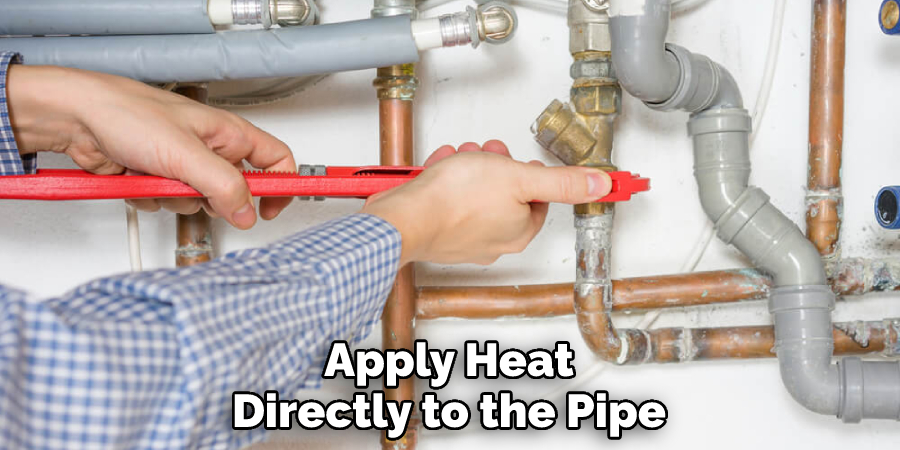
Some Additional Tips to Prevent Leaking Furnaces
1. Regularly Inspect the Furnace
One of the best ways to prevent a leaking furnace is to perform regular inspections and maintenance. This involves checking for cracks, leaks, or other signs of damage on a regular basis.
2. Use High-Quality Materials
In order to prevent issues like leaking furnaces, it’s important to use high-quality materials when installing or replacing your furnace. This includes making sure that all seals and gaskets are properly installed and that the furnace itself is of high quality.
3. Consult a Professional
If you’re having issues with your furnace or notice any signs of leaking, it’s best to consult a professional for help. A skilled technician will be able to assess the situation and recommend the best course of action to address any leaks or damage.
By following these tips, you can help prevent your furnace from leaking, keeping your home and family safe and comfortable all year long.
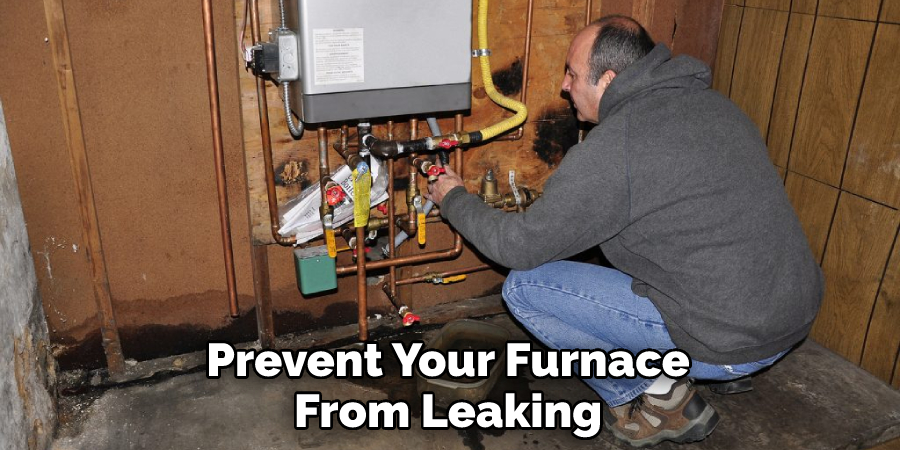
Frequently Asked Questions
How Can I Tell if My Furnace is Leaking?
One of the first signs that your furnace may be leaking is an increase in your monthly energy bills. If you notice that your heating costs seem to be higher than usual, this could be a sign that there is a leak somewhere in your furnace system.
Other signs include unexplained moisture collecting on windows and walls near the furnace or small puddles of water appearing on the floor near your furnace.
Why is My Furnace Leaking Water From the Bottom?
There are a few possible reasons why your furnace may be leaking water from the bottom. One of the most common causes is condensation, which occurs when warm air comes into contact with a cold surface.
This can happen if there is a leak in your furnace system, resulting in excess moisture collecting on components like the burner or blower assembly.
Is a Leaking Furnace an Emergency?
Depending on the severity of the leak, a leaking furnace may be considered an emergency situation. If you notice signs of significant water damage, such as sagging ceiling tiles or warped floorboards, it is best to call in a professional to assess and repair the problem.
Otherwise, if your furnace is simply leaking small amounts of moisture or dripping steadily, you can typically wait to have the problem addressed until your next scheduled maintenance appointment.
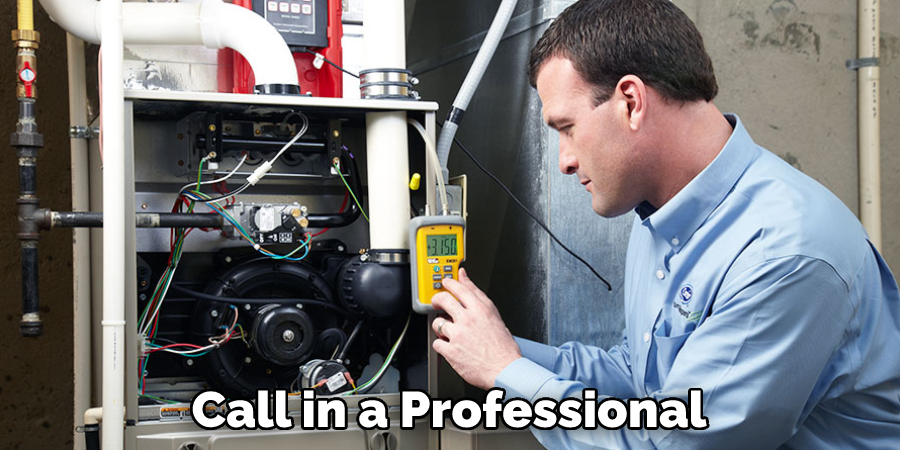
Conclusion
Although a broken furnace may seem like a daunting repair, it is often something that homeowners can fix with the help of a professional. By taking the time to troubleshoot the problem and identify the root cause, you can save yourself both money and frustration in the long run. With these tips in mind, you should be able to fix your leaking furnace in no time.
By following these steps about how to fix a leaking furnace, you should be able to fix a leaking furnace on your own. However, if you still find yourself struggling or if the problem persists, it may be time to call in a professional. From there, they can help diagnose the root of the issue and make any necessary repairs so that your furnace is running smoothly again – no leaks included.
